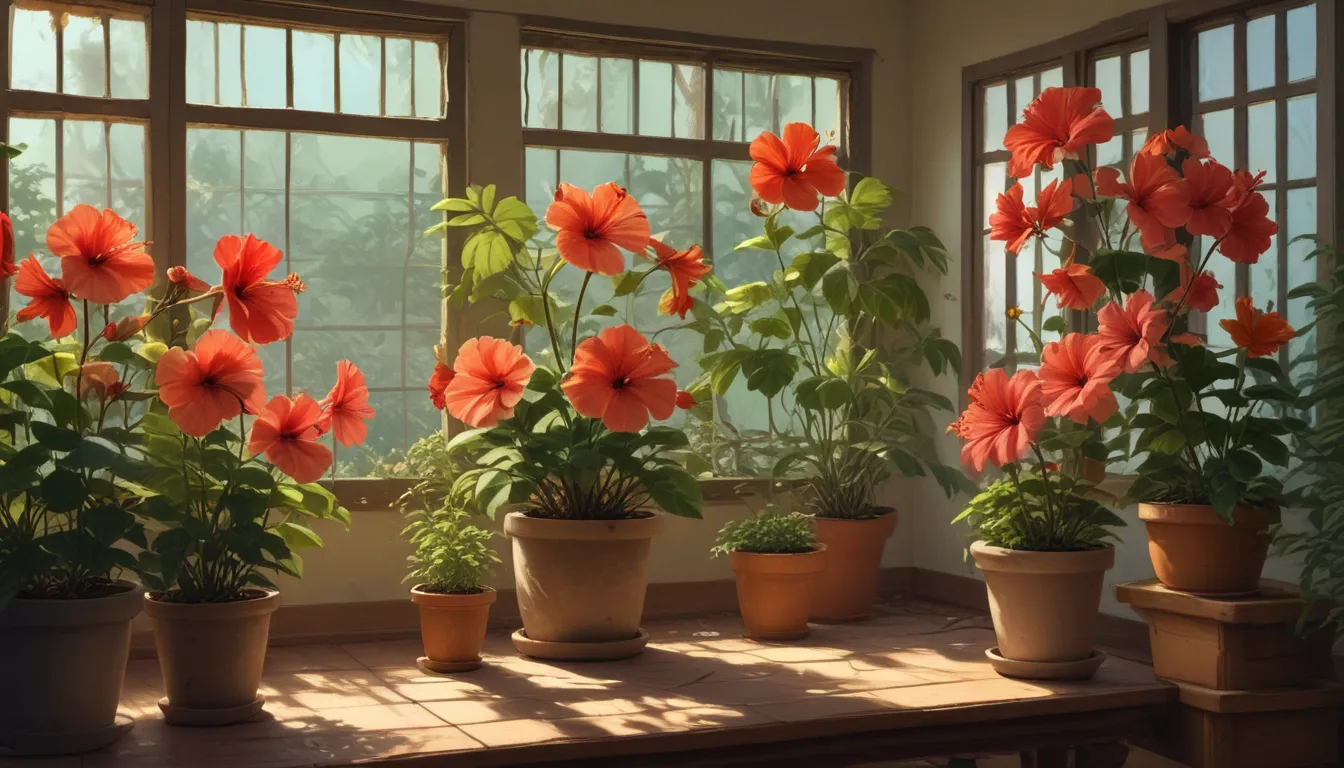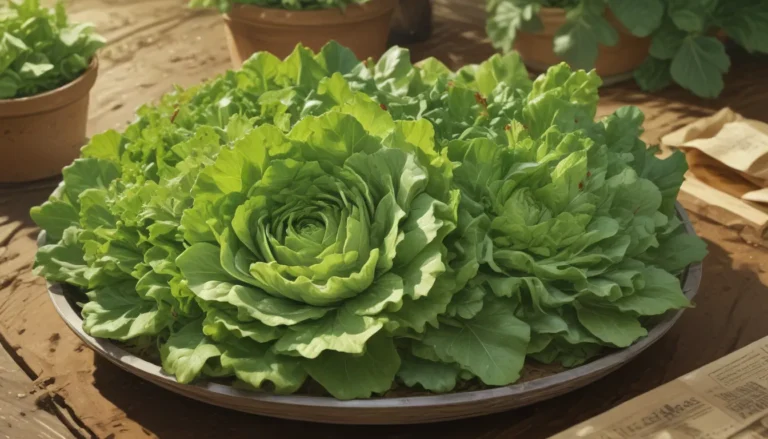How to Successfully Overwinter Tropical Hibiscus Plants Indoors

Are you a hibiscus fan like me? There is nothing quite like a fresh batch of ice cold jamaica made with flowers grown and dried right at home. However, if you live in a colder climate like Vermont, growing tropical hibiscus outdoors year-round can be a challenge. But fear not, because it is actually quite easy to overwinter these plants indoors! In this comprehensive guide, you will learn everything you need to know to care for your tropical hibiscus plants over winter so you can enjoy beautiful blooms and even harvest your own flowers for tea.
What You’ll Learn
- When to Move Your Hibiscus Indoors
- How to Move It Indoors
- Care and Maintenance
- Moving Plants Back Outdoors
- Overwintering with Forced Dormancy
Tropical hibiscus plants are widely cultivated as ornamentals, known for their bold, deep red flowers that are not only beautiful but also edible. Whether you choose the Chinese or Hawaiian hibiscus variety, you can successfully care for these plants over winter with the right knowledge and techniques.
When to Move Your Hibiscus Indoors
Tropical hibiscus plants thrive in hot, sunny, humid climates, with temperatures ranging from 60 to 90°F. In colder climates, such as Zones 9 and below, plants must be brought indoors when nighttime temperatures start to fall to 60°F to prevent them from dying off.
If you live in a colder zone, it is recommended to grow your hibiscus shrub in a container year-round rather than planting it directly in the ground. This will help avoid transplant shock and simplify the process of moving the plant indoors and outdoors.
How to Move It Indoors
Before bringing your hibiscus plant indoors, make sure to check the leaves and flowers for pests. Wash off any insects with water or a mixture of water and dish soap, then allow the plant to dry before moving it inside.
Place the container in a warm spot near a window that receives at least six hours of direct sunlight per day. If direct sunlight is not available, consider using artificial grow lights to provide the necessary light for optimal growth and flowering.
During the adjustment period, it is normal for some leaves and buds to turn yellow and fall off. Plants may experience some initial shock, but they should bounce back within a week or two.
Care and Maintenance
Tropical hibiscus plants prefer humid environments, so it is important to water them enough to keep the soil evenly moist. Avoid letting the soil dry out completely or become soggy, as this can lead to leaf rotting and yellowing.
Fertilizing over the winter is not necessary but can help encourage indoor blooming. Use an organic fertilizer diluted to half strength in early winter and increase to once every couple of months in early spring. Prune back leggy stems and dead wood in late winter or early spring to maintain a bushy size and shape.
Moving Plants Back Outdoors
Once temperatures remain consistently above 60°F, you can move your hibiscus plant back outdoors. To reduce the risk of shock, place the container in a shady and protected location at first, then gradually move it to its final spot in full sun over the course of a week or two.
Overwintering with Forced Dormancy
If you prefer a hands-off approach to overwintering your hibiscus plants, you can force them into dormancy. Stop watering in late summer and leave the container outdoors until nighttime temperatures drop to 50°F. Move the pot to a cool, dark location indoors and water sparingly until spring.
To wake your hibiscus back up in the spring, gradually adjust the conditions a month or two before the last frost date. Move the container to a brighter room with indirect sunlight, water gradually to moisten the soil, and feed with a diluted organic liquid fertilizer once you notice new leaf buds.
Color Your Winter with Tropical Hibiscus
Winter doesn’t have to be dull and dreary, especially when you have vibrant tropical hibiscus plants to brighten up your indoor space. With minimal effort, you can successfully overwinter these stunning shrubs and enjoy their beauty all year round.
Have you successfully overwintered tropical hibiscus plants before? Share your tips and experiences in the comments below.
And if you’re looking for more information on growing hibiscus plants, check out these articles:
- How to Grow and Care for Rose of Sharon
- How to Identify and Control Caterpillars on Tropical Hibiscus
- How to Grow and Care for Hardy Hibiscus
Now you have all the information you need to transform your winter with tropical hibiscus plants. Enjoy the beauty and joy they bring to your home all year round!





